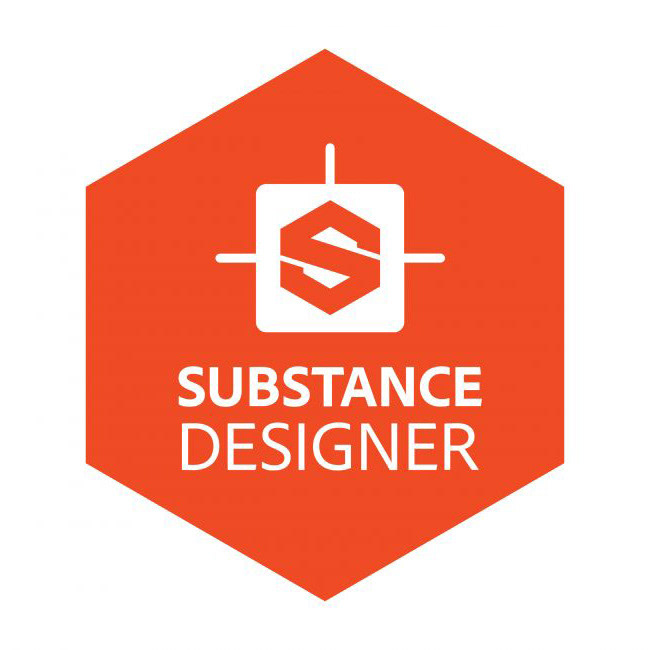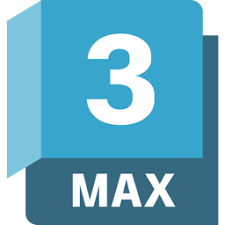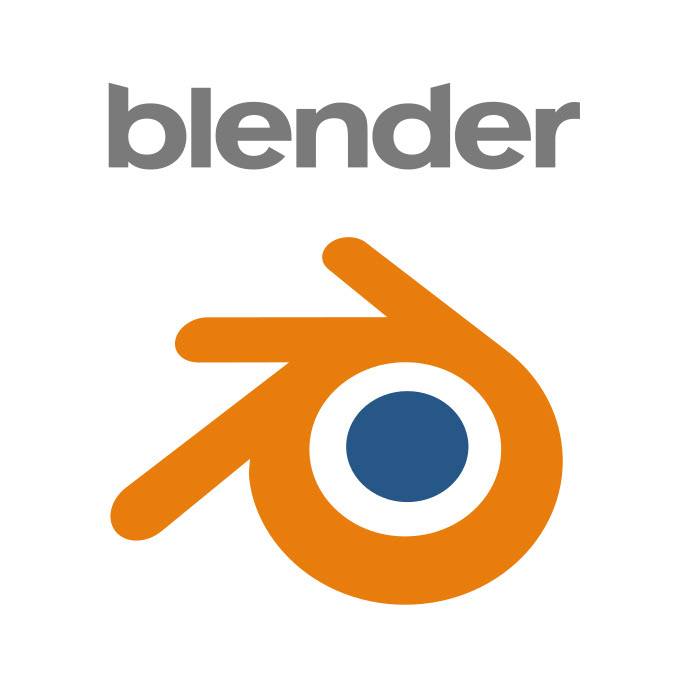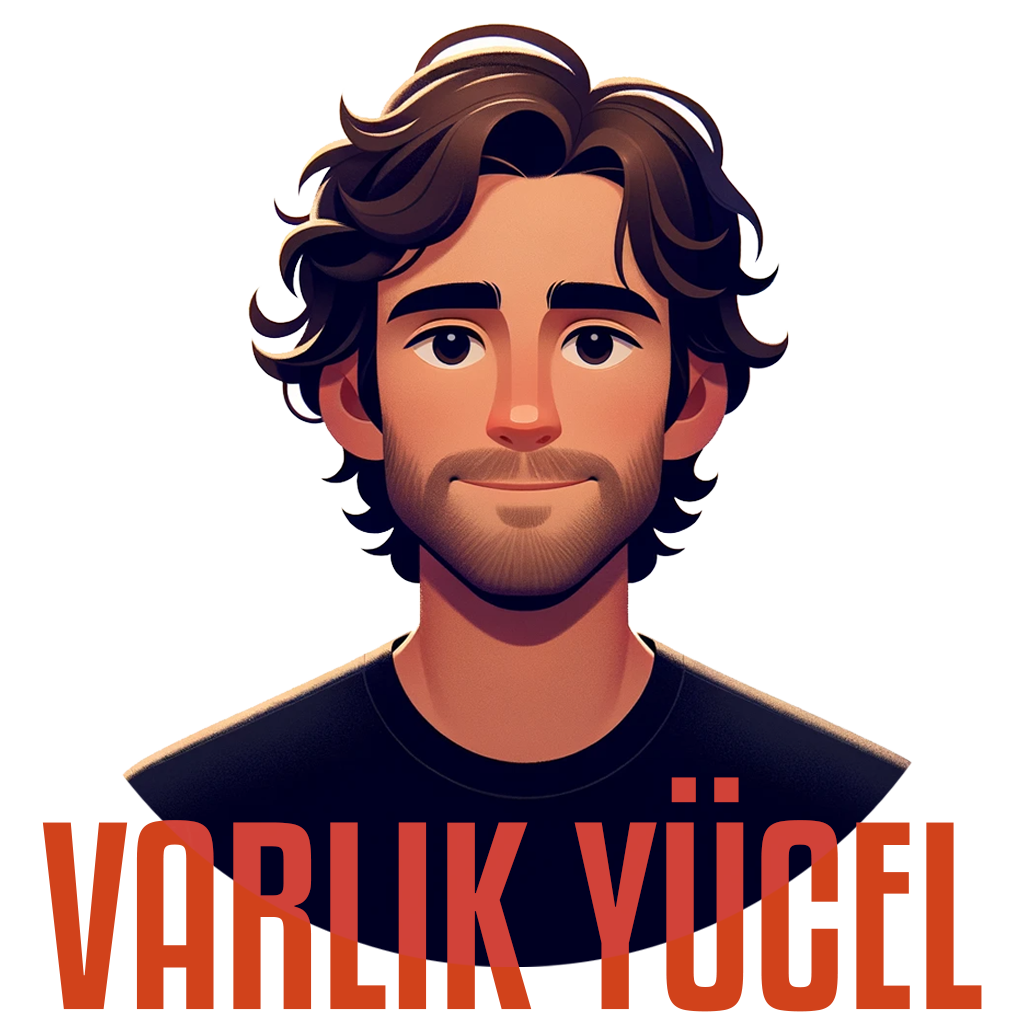🧰 Tools

Unreal Engine

Substance Designer

3D Studio Max

Blender
🧑 Role
Project Owner - Unreal Engine developer, environment designer, parametric texture developer, 3D artist, R&D
🎓 Academic
This study conducted as a part of Special Topics in Architectural Design Computing course, instructed by Assoc. Prof. Güzden Varinlioğlu, Architectural Design Computing Ph.D. Program (MBL) in Istanbul Technical University.
Project Details
In this project, it is aimed to develop a framework in which scientific data and observations will be used to reconstruct cultural heritage assets; artistic approaches are will be considered to create a life-like experience. Rather than reconstructing only a physical setting, it is planned to reflect the “spirit” of an era. Landscape, people, animals, vegetation, clothes, tools are considered as integral parts of the physical setting. In this context, an experience environment is created. Mahperi Hatun Cravanseri is used as a case study for the project. Within the proposed
framework, an experience environment is presented. “Procedural texturing” and “photo mapping” methods are introduced within the scope of the proposed framework. There are various 3D characters, tools, and clothes revived in the digital environment. It is attempted to create all 3D assets in line with the selected historical period. It is aimed to create a digital environment where the experiencer may witness a piece of a moment from a Seljuk’s era.
framework, an experience environment is presented. “Procedural texturing” and “photo mapping” methods are introduced within the scope of the proposed framework. There are various 3D characters, tools, and clothes revived in the digital environment. It is attempted to create all 3D assets in line with the selected historical period. It is aimed to create a digital environment where the experiencer may witness a piece of a moment from a Seljuk’s era.
In order to create suitable textures from the photos, there are several transformations applied to the photos. First of all, photographs in which the authentic parts are visible are collected. Then the camera and perspective distortion has been fixed. After that, the photos are cleaned to have a clear view of the elements. Then they are masked in order to distinguish them from the environment, people, and unnecessary parts of the building . Finally, cleaned, masked, and perspective correction applied photos are sent to the “Crazy Bump” software. This software helps users to create height and normal map from the photos. It is possible to adjust detail, sharpness, and the degree of the height level within the software. By this process, architectural details and authentic features are transferred to the digital with 3D attributes.
Normal and height maps are used to add details without creating high-poly detailed 3d models. It is a technique used for faking the lighting of bumps and dent in the virtual environment. While normal maps are commonly stored as regular RGB images where the RGB components correspond to the X, Y, and Z coordinates, respectively, of the surface normal, height map creates bump and dent effect proportional to the grayscale values.
Substance Designer software is used to create procedural textures of the 3D Mahperi HatunCaravanserai model. Substance Designer is an industry-standard tool for creating custom materials and gives users complete authoring control. It is possible to create tileable materials from scratch in non-destructive, node-based procedural methods. There are observatory researches conducted in order to understand the phenomenon that affected the appearance of
the stone-tiled walls. Numerous photographs are analyzed to develop a further understanding of the unique features of the stone tiles. A specific understanding constructed to mimic the features which give the tiles their unique look. As a result of this investigation, it is possible to sort these findings in 5 steps:
the stone-tiled walls. Numerous photographs are analyzed to develop a further understanding of the unique features of the stone tiles. A specific understanding constructed to mimic the features which give the tiles their unique look. As a result of this investigation, it is possible to sort these findings in 5 steps:
Variations of the size and rotation
It has been observed that each tile is different sized. Even the variation in size is barely visible; tiles are not identically the same. Another slight variation is rotation. Material’s natural texture, hand-made craftsmanship, or construction methods may be the reason for these partly noticeable random rotations.
It has been observed that each tile is different sized. Even the variation in size is barely visible; tiles are not identically the same. Another slight variation is rotation. Material’s natural texture, hand-made craftsmanship, or construction methods may be the reason for these partly noticeable random rotations.
Variations of the size and rotation
It has been observed that each tile is different sized. Even the variation in size is barely visible; tiles are not identically the same. Another slight variation is rotation. Material’s natural texture, hand-made craftsmanship, or construction methods may be the reason for these partly noticeable random rotations
It has been observed that each tile is different sized. Even the variation in size is barely visible; tiles are not identically the same. Another slight variation is rotation. Material’s natural texture, hand-made craftsmanship, or construction methods may be the reason for these partly noticeable random rotations
Major volumetric deformations
In addition to small hollows and bulges, significant deformations are observed that affect the shape and volume of the units. As a result of this major deformation volume of the brick units seems organic and informal rather than exact rectangular parallelepiped shaped.
In addition to small hollows and bulges, significant deformations are observed that affect the shape and volume of the units. As a result of this major deformation volume of the brick units seems organic and informal rather than exact rectangular parallelepiped shaped.
Cracks and scratches
There are also various vertical and horizontal cracks, and scratches are recognized. These artifacts might be the result of the tools that builders used. Also, natural events such as water and wind might be the reasons
There are also various vertical and horizontal cracks, and scratches are recognized. These artifacts might be the result of the tools that builders used. Also, natural events such as water and wind might be the reasons
Color Variations
Another essential feature which gives the unique appearance to tiles is the color variation. It is seen that each stone has its unique color degradation. As a result of different color samples and their blend variations, it is possible to notice various color patterns on the surface.
Another essential feature which gives the unique appearance to tiles is the color variation. It is seen that each stone has its unique color degradation. As a result of different color samples and their blend variations, it is possible to notice various color patterns on the surface.
In order to provide interactivity in the experience environment, there are several features attempted to implement. The first feature is the character movement. The design of the environment is mostly influenced by “open-world” video games. In video games, an open world is a game mechanic of using a virtual world that the player can explore and approach objectives freely, as opposed to a world with more linear and structured gameplay. The proposed framework does not offer any game like objective-achievement mechanics. However, similar to the “open-world” games player/experiencer, do not need to follow a linear fixated flow. Rather she/he can walk around the building and the landscape, investigate the architectural elements, clothes or tools freely without any restriction. Thus, the whole of the
landscape and building allowed the player to walk on it. There is not any restriction where a player can not step. In order to achieve this free movement, there are various character movement configurations implemented. The character on the screen can be controlled by “W, A, S, D” keys on the keyboard respectively to go forward, back, left and right. Also, the character can jump by pressing the spacebar.
landscape and building allowed the player to walk on it. There is not any restriction where a player can not step. In order to achieve this free movement, there are various character movement configurations implemented. The character on the screen can be controlled by “W, A, S, D” keys on the keyboard respectively to go forward, back, left and right. Also, the character can jump by pressing the spacebar.
Another interaction is “NPC” characters. This feature is work in progress right now. This feature aims to provide a connection between the main character and non-player characters in the environments. A non-player character (NPC) is any character in a game that is not controlled by a player. NPC’s can interact with the player in various scenarios. For example, an artisan can be an NPC who forges his iron tools until the main character interacts with them. Then he may describe and give specific pieces of information about his job. It may help to inform the player about the era. While 3D Studio Max is used to create the 3D model of the building and the other assets, Unreal Engine 4 is used to implement the interactivity. The design of the environment, foliages, and locomotion of the characters are developed with this game engine.
